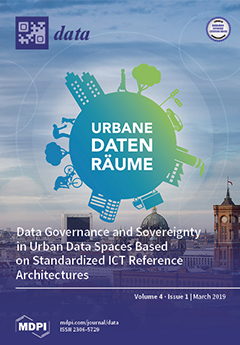Open AccessArticle
Comparison of Micro-Census Results for Magarya Ward, Wurno Local Government Area of Sokoto State, Nigeria, with Other Sources of Denominator Data
by
Margherita E. Ghiselli, Idongesit Nta Wilson, Brian Kaplan, Ndadilnasiya Endie Waziri, Adamu Sule, Halimatu Bolatito Ayanleke, Faruk Namalam, Shehu Ahmad Tambuwal, Nuruddeen Aliyu, Umar Kadi, Omotayo Bolu, Nyampa Barau, Mohammed Yahaya, Gideon Ugbenyo, Ugochukwu Osigwe, Clara Oguji, Nnamdi Usifoh and Vincent Seaman
Cited by 4 | Viewed by 6647
Abstract
Routine immunization coverage in Nigeria is suboptimal. In the northwestern state of Sokoto, an independent population-based survey for 2016 found immunization coverage with the third dose of Pentavalent vaccine to be 3%, whereas administrative coverage in 2016 was reported to be 69%. One
[...] Read more.
Routine immunization coverage in Nigeria is suboptimal. In the northwestern state of Sokoto, an independent population-based survey for 2016 found immunization coverage with the third dose of Pentavalent vaccine to be 3%, whereas administrative coverage in 2016 was reported to be 69%. One possibility driving this large discrepancy is that administrative coverage is calculated using an under-estimated target population. Official population projections from the 2006 Census are based on state-specific standard population growth rates. Immunization target population estimates from other sources have not been independently validated. We conducted a micro-census in Magarya ward, Wurno Local Government Area of Sokoto state to obtain an accurate count of the total population living in the ward, and to compare these results with other sources of denominator data. We developed a precise micro-plan using satellite imagery, and used the navigation tool EpiSample v1 in the field to guide teams to each building, without duplications or omissions. The particular characteristics of the selected ward underscore the importance of using standardized shape files to draw precise boundaries for enumeration micro-plans. While the use of this methodology did not resolve the discrepancy between independent and administrative vaccination coverage rates, a simplified application can better define the target population for routine immunization services and estimate the number of children still unprotected from vaccine-preventable diseases.
Full article
►▼
Show Figures





